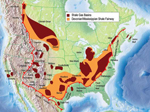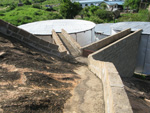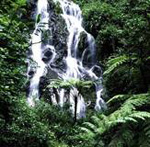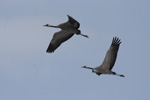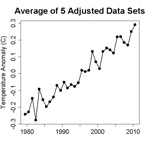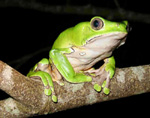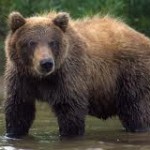Fracking for Shale Gas Pollutes Water, Leads to Earthquakes
Staff, British Columbia Women’s Institute Josh Fox, You Tube. Hydraulic fracturing, or fracking, is looking increasingly like a technology that will have to be left alone, not only because it pollutes the atmosphere and water, but also because the high-pressure injection of waste water from this process is thought to allow ancient faults to slip, leading to earthquakes.
Continue reading →
